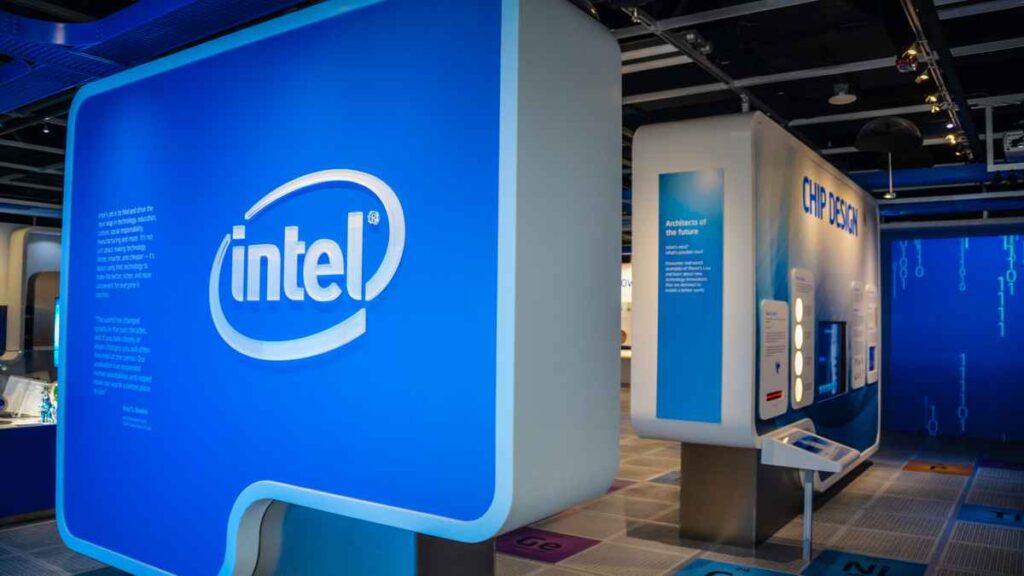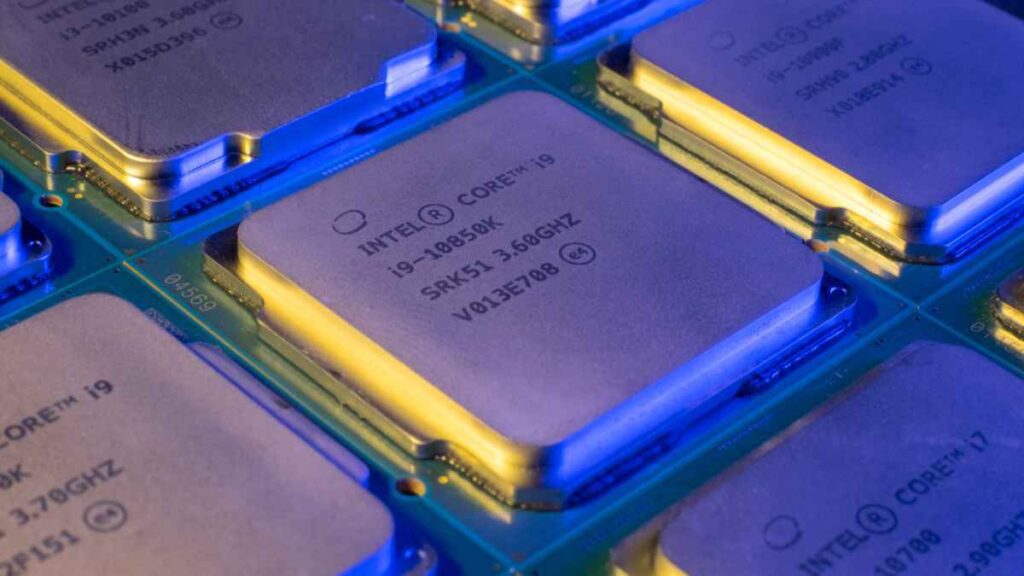
It appears that the global chip shortage is here to stay, or at least till 2023.
Intel’s CEO Pat Gelsinger warns of supply and demand shortage continuation till 2023 following the semiconductor manufacturer’s quarterly report highlighting a drop in 2021 revenue.
“We’re in the worst of it now; every quarter next year, we’ll get incrementally better, but they’re not going to have supply-demand balance until 2023,” Gelsinger informed CNBC.
While the semiconductor’s rival AMD does not seem to be sharing similar expectations, Intel appears to be suffering from lack of balance between the demand rate and its ability to supply after COVID-19 swooped companies’ business groove from where it stood two years ago.
During the 2021 Code Conference, AMD CEO Dr. Lisa Su addressed the topic from a much more optimistic approach, saying that even though the supply chain will be “likely tight” in the upcoming year, 2022 will hold better results, and better capabilities to answer to the market’s rising demand following the pandemic since production capacity is on the rise.
“It gets better next year, not immediately, but it’ll gradually get better as more plants come up,” she said in a statement.
To further dive into Intel pessimistic view towards the global semiconductor shortage, the manufacturer company revealed its third-quarter (Q3) results showing a 2 percent drop in revenue in concern with the Client Computer Group in charge of creating its desktop and laptop chips, followed by a 5 percent plunge in notebook sales the company credited to “notebook ecosystem constraints.”
But what do these revenue drops truly mean for multinational manufacturers?
The way things are currently going, Laptop companies simply lack the ability to produce the parts needed to maintain their production.
A similar pattern was immersed in other Q3 reports for different manufacturing companies, leading analysts to connect the dots and attributing the shortage of important components as one of the leading reasons for decreased laptop sales.
Despite chip shortage being a key factor causing this problem, the main issue lies in companies not being able to supply specific types of chips, such as power chips, networking chips, and ethernet chips.

“We call it match sets, where we may have the CPU, but you don’t have the LCD, or you don’t have the Wi-Fi. Data centers are particularly struggling with some of the power chips and some of the networking or ethernet chips,” Intel’s CEO explained.
However, it’s not all gloom and doom for Intel, as a fraction of that decrease in its Q3 revenue was redeemed by an increase in desktop PCs.
The company reported revenue growth of 20 percent for desktop PCs, yet that rise was not sufficient to balance the heavy drop in notebook sales revenue. One of the main factors for the augmentation in desktop sales is the pandemic.
COVID-19 indeed played a significant role in changing the course for some chip manufacturers. However, with global companies’ switch to remote work, PC demand increased along the way, making PC sales soar to a new level.
But, with the pandemic effect slowly wearing off on global societies, employees are returning to their offices, leading that growth to hinder slowly as of early 2021.
Even though Intel’s plunge in laptop revenue could potentially affect it in the upcoming year, the company maintained a 5 percent climb in total revenue Year-over-Year, reaching up to $18.1 billion. As a result of heavy amplifications on a variety of departments, such as data centers, Internet-of-Things, and Mobileye groups, Intel missed its July 2021 guidance by $0.1 billion.